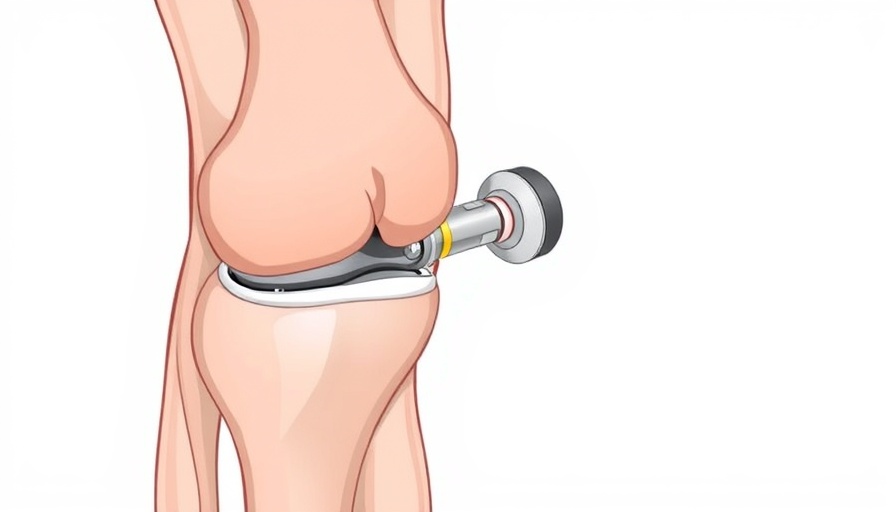
Revolutionizing Joint Health: The Arthrex iBalance Implant
In the world of orthopaedics, the pursuit of effective treatment options for knee-related issues continues to grow. A recent study has shown promising outcomes following patellofemoral arthroplasty using the Arthrex iBalance, a third-generation implant. This innovative solution not only aims to minimize pain but also enhances mobility, a fundamental aspect of daily life.
Understanding Patellofemoral Arthroplasty
This surgical procedure specifically targets the patellofemoral joint, which connects the kneecap to the thigh bone. Patients suffering from osteoarthritis or joint deformities may find themselves restricted in physical activities, impacting their quality of life. The Arthrex iBalance implant is designed to restore functionality while providing a more natural feel during movement compared to traditional methods.
The Study and Its Findings
According to the research, patients who underwent patellofemoral arthroplasty with the Arthrex iBalance reported significantly reduced levels of pain and improved knee function in the weeks following their procedure. These results aim to inspire hope among individuals weary of knee discomfort and restricted mobility.
Innovative Design for Better Outcomes
The Arthrex iBalance implant stands out due to its unique design that emphasizes stability and freedom of movement. Made from advanced materials and engineered for optimal performance, it alleviates stress on the knee while supporting an active lifestyle. Patients describe feeling themselves again—an emotional journey many were on the brink of giving up.
Technological Advances in Orthpaedics
In recent years, technological advances in orthopaedics have helped reshape patient outcomes. As telemedicine becomes more prevalent, patients now have access to their specialists without health barriers and geographical limitations. This accessibility allows for continuous monitoring and provides reassurance as patients navigate their recovery process.
What It Means for Future Patients
The positive reports following surgery with the Arthrex iBalance may lead to increased accessibility for those in need. With the improvement in technology, it is possible for individuals from varied backgrounds to receive tailored treatment solutions. The integration of telemedicine not only enhances patient care but also opens the door for more comprehensive pre-assessment consultations, making joint health management more efficient.
Join the Conversation
As communities embrace these empowering changes, it is essential to stay informed about new developments in healthcare. The journey towards optimal wellbeing begins with understanding available treatments and advocating for one's health needs.
 Add Row
Add Row  Add
Add 




Write A Comment